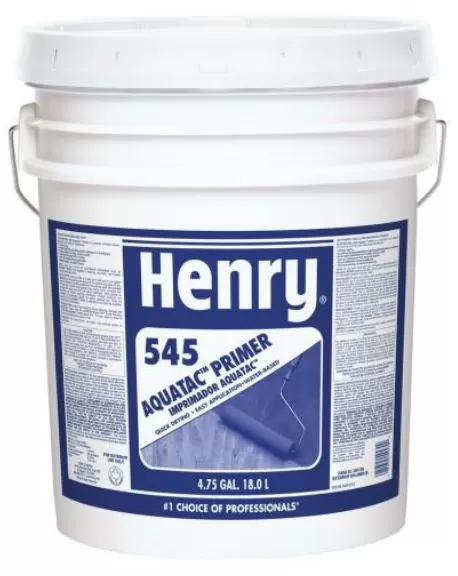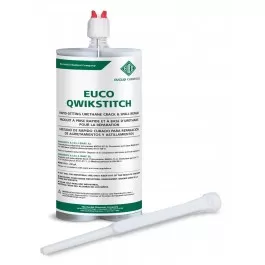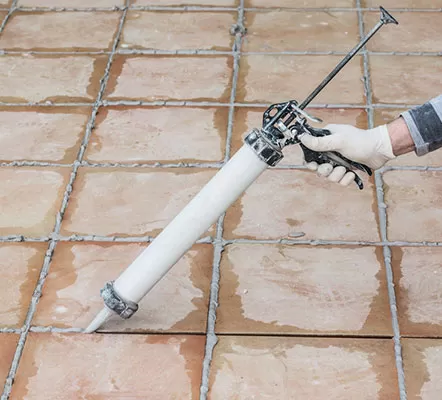Blog
A Definitive Guide To Waterproofing Membranes
Water has a way of destroying the structural integrity of any building. One of the ways that water does that is that it seeps through any gap that there may be between a material or between two joints. Over the course of time, the water will melt and freeze according to the seasons. The net result of this is that the expansion and contraction of water molecules will eventually widen any gaps that the water is lodged between. This on the other hand widens any such gaps and causes structural damage. One way that builders get around this problem is by water proofing their structures and surfaces using waterproofing membranes. In this article, we tell you all you need to know about these waterproofing membranes, their importance and applications.
What Are Waterproofing Membranes?
Water proofing membrane is any material that is applied on a structure and allows that surface to get water-resistant qualities. It was long realized that structures such as wood, concrete and other building materials can be damaged by water. By applying a layer of waterproofing membrane , it is possible to eliminate any possibility that water will make it through the material. This ultimately results in a structure that’s durable, impervious to water damage, and sometimes even more structurally sound. Waterproofing membrane is typically a liquid that is applied on to the surface. When it dries and hardens, it wraps around the surface and ensures that no water makes it way through the material beneath. Waterproofing membranes are typically made of a variety of materials, including many specially made polymers.
Why They Are Important
There are a number of reasons why using waterproofing membranes in your structures can help protect your building. Here are some of the advantages of using waterproofing membranes.
Protects From Water Damage
As we have seen, water has a way of causing damage to structures. Whether it does this by weakening the integrity of the structures or by causing rot in materials such as wood, eventually water will make any unprotected surface structurally unsound. By water proofing your structures, you help ensure that they remain structurally sound and functional.
Health Issues
Water doesn’t only damage the structures that it rests on, but it also encourages the growth of biological elements that could cause ill health to the people in the building. Water, for example, encourages the development of mold, which in turn can affect the health of people around it. Mold are tiny fungal spores that grow in moist areas. When breathed in, mold spores can cause respiratory problems and can make existing ones worse. This results in people spending thousands of dollars in treatment and medication, not to mention the ill-effects that being down with a respiratory disease is likely to cause.
Reduces Maintenance Costs
If you protect your structures from water damage, you are assured that you are going to spend less when it comes to maintenance costs. In the example we gave above, surfaces that are affected by mold have to be fixed, and this typically costs a lot of money. The mold has to be removed, any structural damage repaired, and then the area has to be repainted. By waterproofing a surface, you ensure that you spend less on repair costs.




